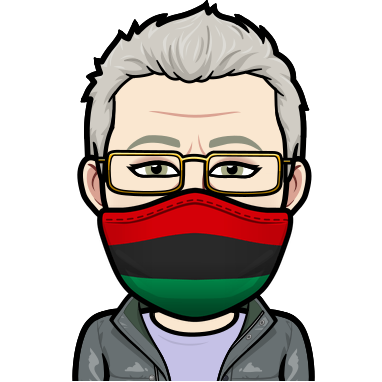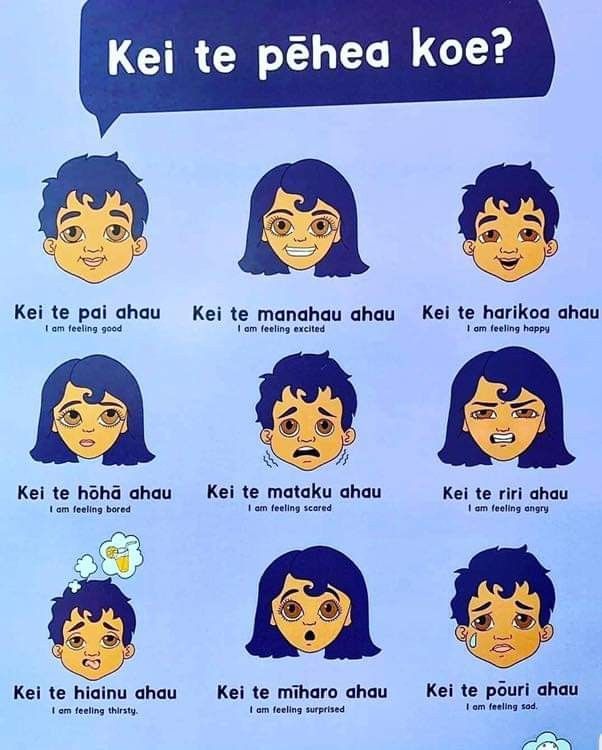Been there! Done that! Not quite so simple. So this year from the 15 – 17 February we were back at Alert level 3. I thought to myself ,”I’ve got this”. This time there were lessons I had learnt from last year.
- Keep the same routine as I had before
- Prepare for each lesson as per timetable
- Involve the students in conversation at meetings
- Be aware of students with wifi difficulty
- Be organised and give prompt feedback
Well I just had Monday to prepare …my goodness I had forgotten how much time “getting organised” took. I was exhausted as I worked until late in the evening and this was because I had to change what I was doing. I asked myself what was different ? Primarily it was the timing – lockdown at the startup of a school year! Not good!
- Students were just beginning to settle into their classes
- Because of so many timetable changes I didn’t know all the names
- With the year 9s, we had just started the novel study and they did not have the books issued
- With level 1 media we were just starting with the pre production paper work.
- Level 3 media were the only ones who could just “tutu” away
- Level 2 English were watching a video and they were able to get on to clickview to finish it
So how did I cope? I discovered from last year that not everyone would come online – so I recorded every meet and made it available on Google Classroom. I also created supplementary videos to support what I had covered in the meets. How did the students cope? I had a chat to my classes and they found my material easy to follow. Some of them had problems with access to wifi. Also, some were required to do other things at home like looking after younger siblings. They expressed how grateful they were not to be given the lecture about the importance of attending each meet. Thank heavens it was just two days!
According to one of the teaching assistants who came online, the lessons were well structured and easy to follow – high accolade indeed so something must be working on the organisational front.











